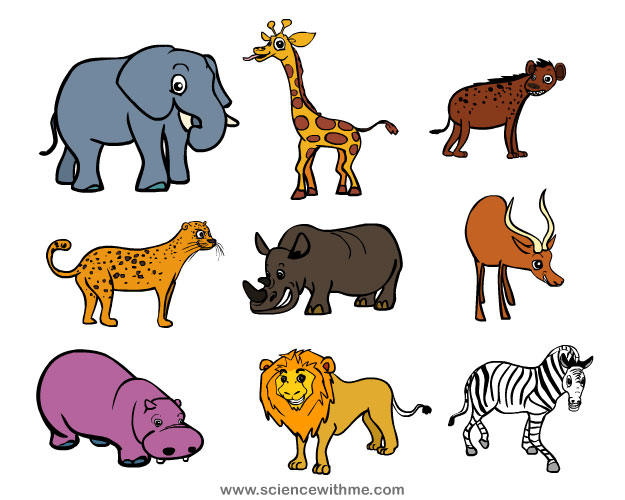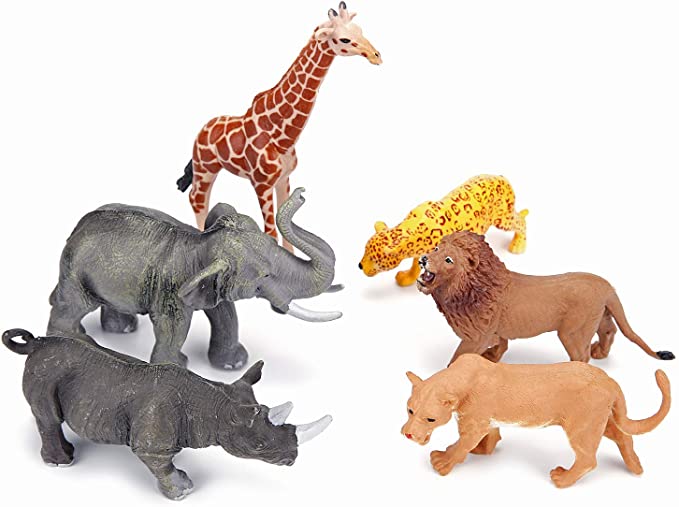If you have already gone to a zoo, you would have seen different animals like lions, tigers, giraffes, elephants and zebras.
One thing that is common among these animals is that their natural habitat is the grasslands and the savannas. In a zoo, these animals are given artificial homes, which try to replicate what is found in nature. However, if you want to see these animals in their natural habitat, you could try going out on a safari.
What is a safari?
This word originated from the Arabic “safar” which means journey. In the late 19th century, after interactions with the Swahili-speaking peoples of Africa, who use the word “safari” to refer to a long journey, the English used the word to refer to an overland journey, usually by tourists who want to sight-see in Africa. By convention, the term safari was used to refer to a big hunt but this has fallen into disuse. Rather than hunting, people who go on a safari trip observe and photograph various animals that they encounter. Most people think that Africa is the only safari destination but this is not so. Other safari destinations include Alaska, Antarctica, Australia, Brazil, India and Peru. In essence, as long as you are in a place where you can observe animals in their natural habitat, then you are in a safari.

What are safari animals?
Safari animals are animals that thrive in grasslands or savannas. These animals include the elephant, the giraffe, the zebra, the lion, the hippopotamus, the rhinoceros, the impala and the leopard.
- The Lion: The lion, also called the king of beasts, is an important animal in the safari. Its scientific name is Panthera leo and it is second only to the tiger in terms of size. In the wild, the average lifespan of lions is ten to fourteen years but in captivity or in zoos, they can live up to twenty years. Male lions die earlier than the females because they are usually involved in fights. The female lions are the ones which regularly hunt. A group of lions consisting of several adult males, related females and their offspring is called a “pride”. Lions are key predatory carnivores. If you are taking a safari trip, you might be lucky to see lions chasing zebras or impalas, which serve as their food. They also have warthogs, buffaloes, and wildebeests as prey.
- The Leopard: The leopard is also a big cat like the lion. Its scientific name is Panthera pardus. Compared to the typical body of a cat, this safari animal has short legs and a long body. Male leopards are larger than female leopards. When you are in a safari, you can distinguish a leopard from two other spotted cats (the cheetah and the jaguar) based on the distribution of their spots. The cheetah has simple and evenly spread spots and the jaguar has small spots surrounded by polygonal rosettes. On the other hand, the leopard has rounder and smaller rosettes compared to the jaguar. If your safari is in South Africa, the rosettes on the leopard’s coat would seem square. If your safari is in East Africa, its rosettes would seem more circular. Leopards are known for their excellent climbing and swimming ability due to their very strong shoulder bones and muscles. Unfortunately, most of them are nocturnal. If you take a trip between sunset and sunrise, you might see them preying on monkeys, rodents, amphibians and other animals. Unlike the lions, leopards may hunt and eat anything, which gives them the label “opportunistic” hunters.
- The Zebra: The zebra, a relative of the horse, is known for its distinct white and black stripes. There are three zebra species: the plains zebra, the mountains zebra and the Grevy’s zebra. This safari animal’s name is from the Old Portuguese “zevra” meaning wild ass. While most people would think of zebras as white animals having black stripes, it has been proven in embryology that zebras have black as their background color and their white stripes are the additions. The zebra’s stripes are believed to serve as a means of identification, camouflage, and protection from the blood-sucking tsetse fly. Zebras obtain their food by grazing on grasses but they can also eat herbs, shrubs, leaves and bark.
- The Impala: An impala is a kind of an antelope. Its name means “gazelle” in the Zulu language. Its scientific name is Aepyceros melampus. The male impalas, known as rams, have horns that are shaped like a lyre. On the other hand, the females, also known as ewes, lack horns. Impalas live in savannas and primarily feed on grass by grazing. Predators of impalas include lions and leopards. To confuse their predators, they first jump distances as long as 10 meters and as high as 3 meters. Afterwards, they flee by reaching running speeds of up to 90 kilometers per hour. If you see impalas, you would observe that they typically stay in herds.
- The Elephant: The elephant is the largest land mammal. There are only three species still alive – the African bush elephant, the African forest elephant and the Indian (or Asian) elephant. Despite their massive size, elephants are herbivores and may spend up to 16 hours a day merely eating. They are called browsers because they feed on leaves, barks, and fruits of shrubs and trees. Because their large bodies, they have no known natural predator. However, lions may prey on calves or weakened elephants occasionally. Unfortunately, elephants are now being threatened by human activities and poaching.
- The Giraffe: The giraffe is the tallest terrestrial animal. Its scientific name is Giraffa camelopardalis and it can reach heights ranging from 4.3 meters to 5.2 meters. The long neck of giraffes allows them to eat leaves from tall trees. The neck vertebrae of the giraffe have increased in length rather than in number.

